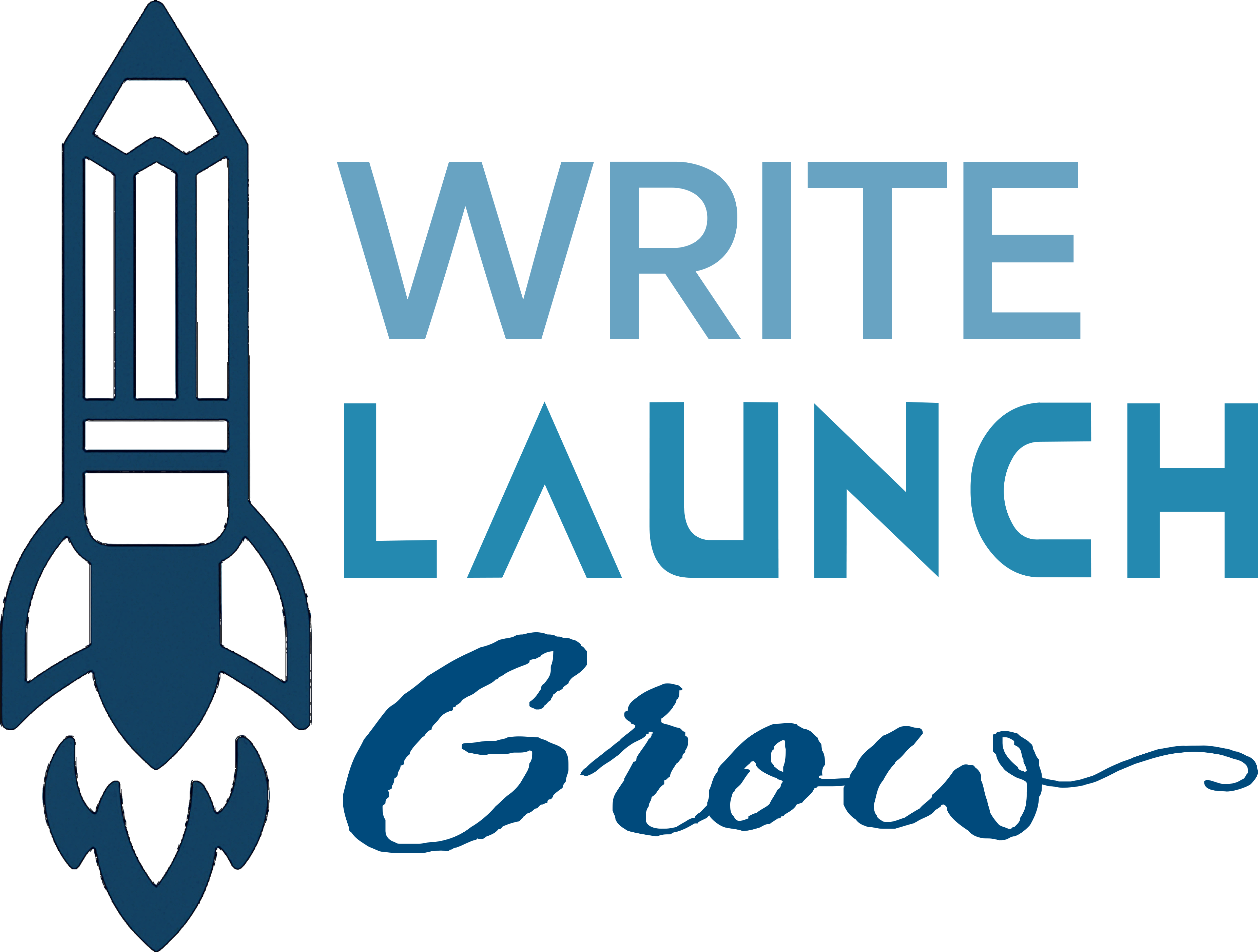Ever read a book where the protagonist felt so real, so deeply human, that you couldn’t help but root for them, even when they made mistakes? That’s the magic of internal conflict in writing.
Characters aren’t just shaped by the world around them. Instead, their biggest struggles often come from within, fears, doubts, and unresolved emotions that add depth and keep readers glued to the page. In our previous blog post, we talked about creating compelling characters and how to make them last. But how do you create internal conflict in writing that feels authentic instead of forced? Let’s break it down.
Why Internal Conflict Matters
Stories thrive on tension, and while external conflicts (villains, disasters, high-stakes situations) push the plot forward, internal struggles make characters relatable. For instance, a character questioning their beliefs, facing guilt, or battling an impossible choice makes for compelling storytelling. Think about Katniss in The Hunger Games, torn between survival and rebellion. That emotional tug-of-war makes her unforgettable.
What Makes Internal Conflict Strong?
To write powerful internal struggles, consider these elements. Strong internal conflict in writing isn’t just about a character feeling torn. It’s about how those inner battles shape their actions, relationships, and ultimate growth. When done well, internal conflict in writing can create deeply engaging, emotionally resonant stories that keep readers invested. Here’s how to make it work:
1. A Deeply Personal Struggle
The best internal conflicts are rooted in something meaningful to the character. So, what do they fear the most? What past experiences haunt them? If it doesn’t matter to them, it won’t matter to readers.
2. An Impossible Choice
Give your character two options—both with significant consequences. Whether they must choose between love and duty, truth and loyalty, or revenge and forgiveness, these dilemmas force them to confront their core values.
3. Tangible Impact on the Plot
Internal conflict in writing shouldn’t just exist in a character’s head. Rather, it should influence their actions, decisions, and relationships. For example, a hero who’s terrified of failure might hesitate at a crucial moment, making things worse.
4. Emotional Payoff
Readers should feel the weight of the internal struggle. If a character finally overcomes their fear or gives in to their worst instincts, the moment should hit hard. As a result, the story becomes far more engaging.

Examples of Character Struggles in Fiction
- Hamlet (Shakespeare) – Torn between avenging his father and his own moral doubts.
- Anakin Skywalker (Star Wars) – Struggles between love, power, and his fear of loss.
- Elizabeth Bennet (Pride and Prejudice) – Battles pride and misjudgment before realizing her true feelings.
How to Weave Internal Conflict Into Your Story
- Show, Don’t Tell – Instead of stating internal struggles outright, use body language, actions, and dialogue to reveal them.
- Layer It In – Introduce internal conflict in writing early and let it evolve naturally as the character grows. This way, it feels organic rather than forced.
- Let It Drive Change – A character’s internal journey should impact their decisions and the story’s outcome, leading to a satisfying resolution.
Final Thought
Internal conflict in writing transforms a good story into a great one. Not only does it deepen character development, but it also drives emotional investment and makes stories unforgettable. So, next time you’re shaping a protagonist, ask yourself: What’s their biggest struggle, and how will it change them?
Want more insights on crafting compelling characters? Check out this article for additional tips and examples!


Recent Comments